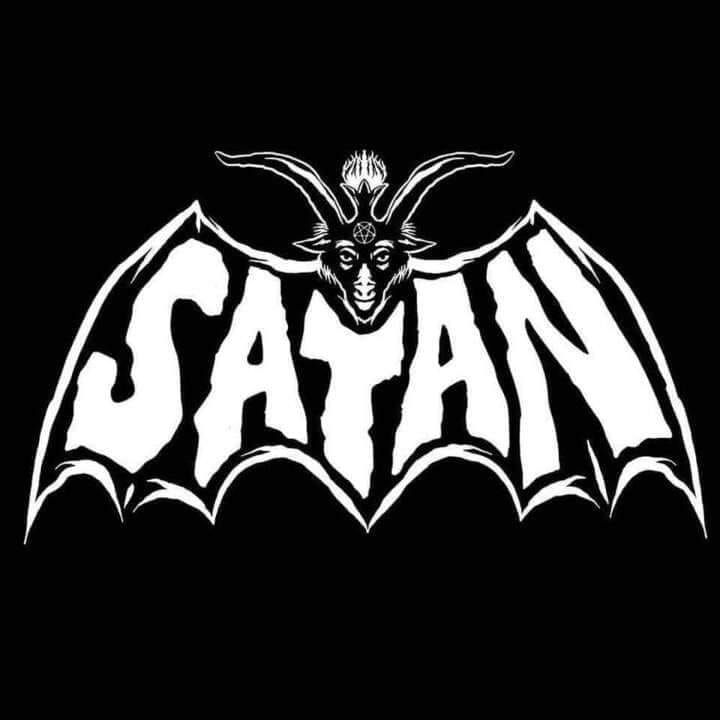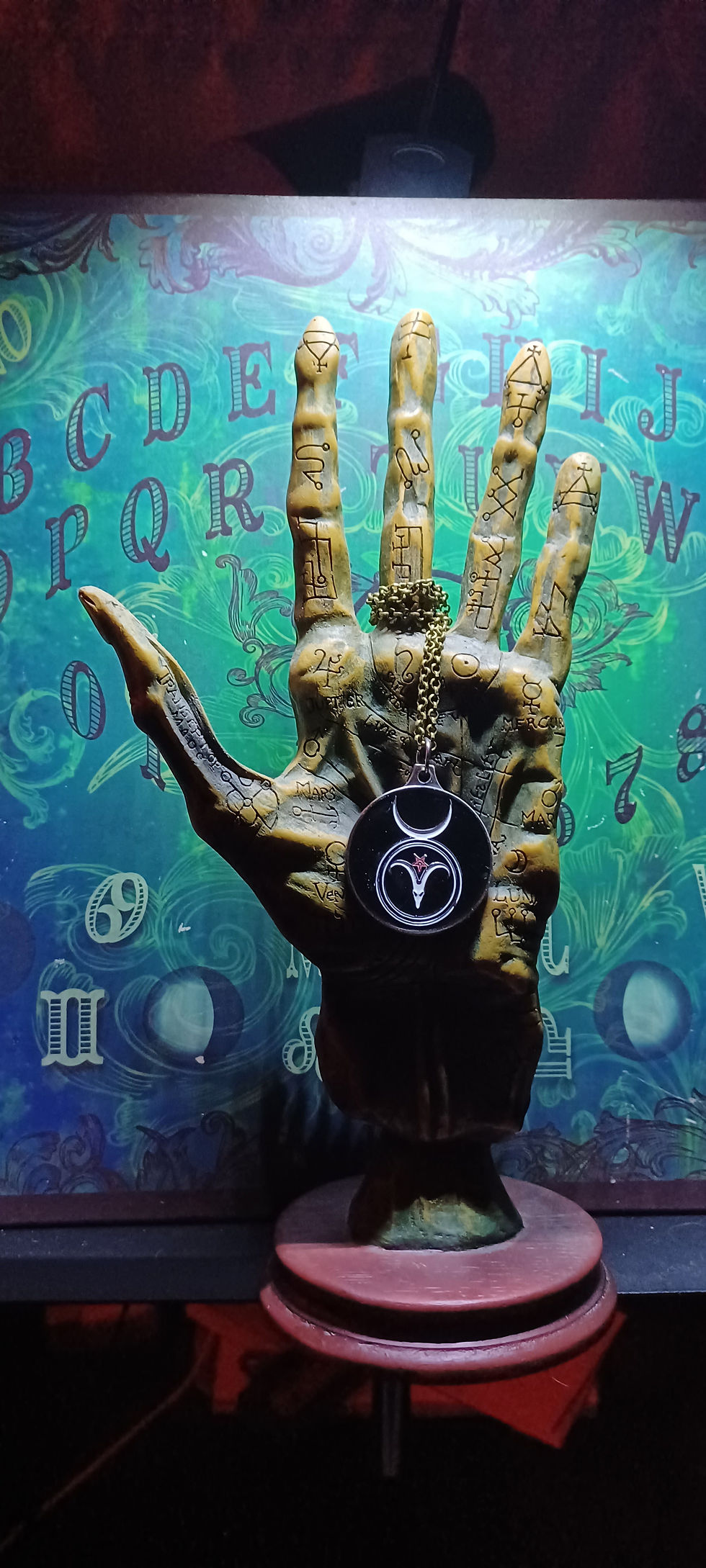SATANISM UNVEILED: Understanding the Varied Paths and Philosophies
- Etu Malku

- Jul 21, 2024
- 4 min read

Satanism as a Self-Liberating Philosophy
Satanism is a self-liberating philosophy that encourages embracing the carnal aspects of oneself that societal norms often teach us to be ashamed of. It promotes:
Self-Acceptance: Acknowledging and accepting one’s primal instincts as a natural and integral part of human experience.
Authenticity: Achieving a more authentic and fulfilled existence through self-acceptance.
Central to this philosophy is:
Personal Will: Carving one’s own path guided by personal will, rather than conforming to external expectations or servitude.
Autonomy and Self-Determination: Making choices that align with one’s true desires and aspirations.
Additionally, Satanism acknowledges:
Harsh Realities: Truth is not always beautiful or pleasant. This encourages a realistic and honest approach to life for genuine understanding and personal growth.
Pragmatic Action: Emphasizes the principle of "Do what works for you," advocating for practices and beliefs that are effective and beneficial for one's unique circumstances, rather than conforming to universal standards or dogmas.
Finally, it emphasizes:
Respect for Others: Honoring and respecting the autonomy and choices of others. This mutual respect fosters a community where diverse perspectives and paths are acknowledged and valued.
Anti-Cosmic Satanism
Anti-cosmic Satanism focuses on:
Abandonment of the Physical Body: Advocating for a violent apocalyptic merger with an infinite satanic power.
Disharmonic Chaotic Energies: Bringing these energies into the cosmos to accelerate its evolution back to formless chaos.
Cosmos as a Prison: Viewing the cosmos as a creation of a foolish demiurge, where the Black Flames, fragments of the primeval chaos, are imprisoned.
**It is important to note equating Satanism with Anti-Christianity only justifies the existence of Abrahamic faiths and allows them to define your Satanism.
Atheistic Satanism
Atheistic Satanism uses Satan as: Allegory for Empowerment: The self is considered the central deity or “higher power.” Modern Emergence: LaVeyan Satanism emerged with the founding of the Church of Satan in 1966. It is characterized by familiarity with LaVey’s writings, especially "The Satanic Bible," which is also influential in other atheistic Satanist groups such as Independent Satanism, Spiritual Satanism, and Symbolic Satanism. LaVey’s work is also sometimes found in theistic Satanist circles.
Theistic Satanism
Theistic or spiritual Satanism is an umbrella term for beliefs that regard Satan as an objectively existing supernatural being worthy of:
Supplication: Contact, convening with, and praise. This contrasts with non-Theistic Satanism, which does not involve deities beyond archetypal structures or symbols.
Key Differences:
Supplication: The act of asking or begging earnestly or humbly. This distinguishes Theistic Satanism from non-Theistic forms, which lack supplication.
Orthodoxy and Heterodoxy: Theistic Satanism is rooted in Abrahamic theology, contrasting itself with traditional beliefs. It is closer to the Eastern left-hand path (vamachara) than to the Western left-hand path.
Organizations addressing this heterodoxy often trace the Prince of Darkness to other cultures, attempting to remove the Abrahamic stigma associated with Satan.
The Abrahamic Concept vs. Satanism
The Abrahamic concept of Satan as God's Adversary contrasts with:
Satanism’s Approach: In Satanism, Satan is an archetype representing pride, carnality, liberty, enlightenment, and undefiled wisdom within a cosmos perceived as driven by a dark evolutionary force of entropy.
The key perspective:
Adversary Within: Wisdom through adversity, rather than opposing Christianity.
The Misconception of Allah as Satan
The notion that "Allah is Satan" is both misguided and offensive to Satanists. This assertion does not hold up under:
Historical Context:
Allah: Historically, "Allah" was used by pre-Islamic Arabs to refer to a supreme deity and was later adopted in Islam as the monotheistic God of Abraham, the same deity worshipped by Jews and Christians as Yahweh or Jehovah.
Satan: In Abrahamic religions, Satan (or Iblis in Islam) is a rebellious jinn or angel who opposes God. His role is that of an adversary, tempter, and deceiver.
Etymological Context:
Allah: Derived from "al-ilāh," meaning "the God."
Satan: Comes from the Hebrew "satan," meaning "adversary" or "accuser."
Mythological Context:
Allah: Creator of the universe, all-knowing, merciful, compassionate, and just.
Satan: In Islamic mythology, a jinn cast out of heaven, a tempter and enemy of humanity.
Philosophical Context:
Allah: Represents ultimate good, moral values, and the foundation of existence.
Satan: Represents rebellion, evil, and chaos.
Quotes from Dr. Stephen Flowers (Lords of the Left Hand Path)
"Satan is seen as an exemplary model of the human condition — mixed with good and evil. Blake depicted Satan as a symbol of vital creativity who struggles to be free of a coercively passive God."
"Eliphas Levi tended to portray the Devil in a positive light. When Levi supported revolutionary change (mainly in the 1840s), Satan was the rebel. Later, when Levi advocated law and order, Satan was portrayed as the model ruler. Levi’s positive valuation of an occult Satan must be viewed as a precursor to current Western philosophical left-hand path thought."
"Russian anarchist Michael Bakunin (1814-1876) assesses humanity in terms of the Edenic myth: '[Satan] makes man ashamed of his bestial ignorance and obedience; he emancipates him, stamps upon his brow the seal of liberty and humanity, in urging him to disobey and eat of the fruit of knowledge.' Bakunin saw humanity as endowed with the power to think and the desire to rebel, defining human development through animality, thought, and rebellion."
"Prometheus (and Satan) disrupts the natural order, putting the divine gift into a weak physical vessel. This creates tension between the physical vessel and the divine spirit."
"If one maintains a loving or respectful attitude toward the true carnal and bestial core self, they will show love and respect for noble embodiments of that self, such as children, animals, and beautiful things. Conversely, self-hatred leads to a desire to harm and destroy symbols of oneself. 'The Satanist does not hate himself, nor the gods he might choose, and has no desire to destroy himself or anything for which he stands!"


